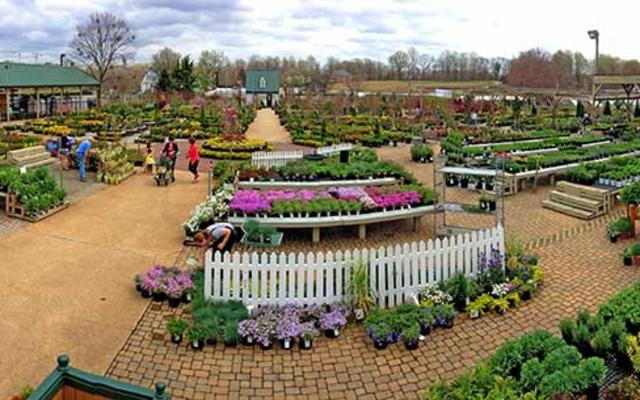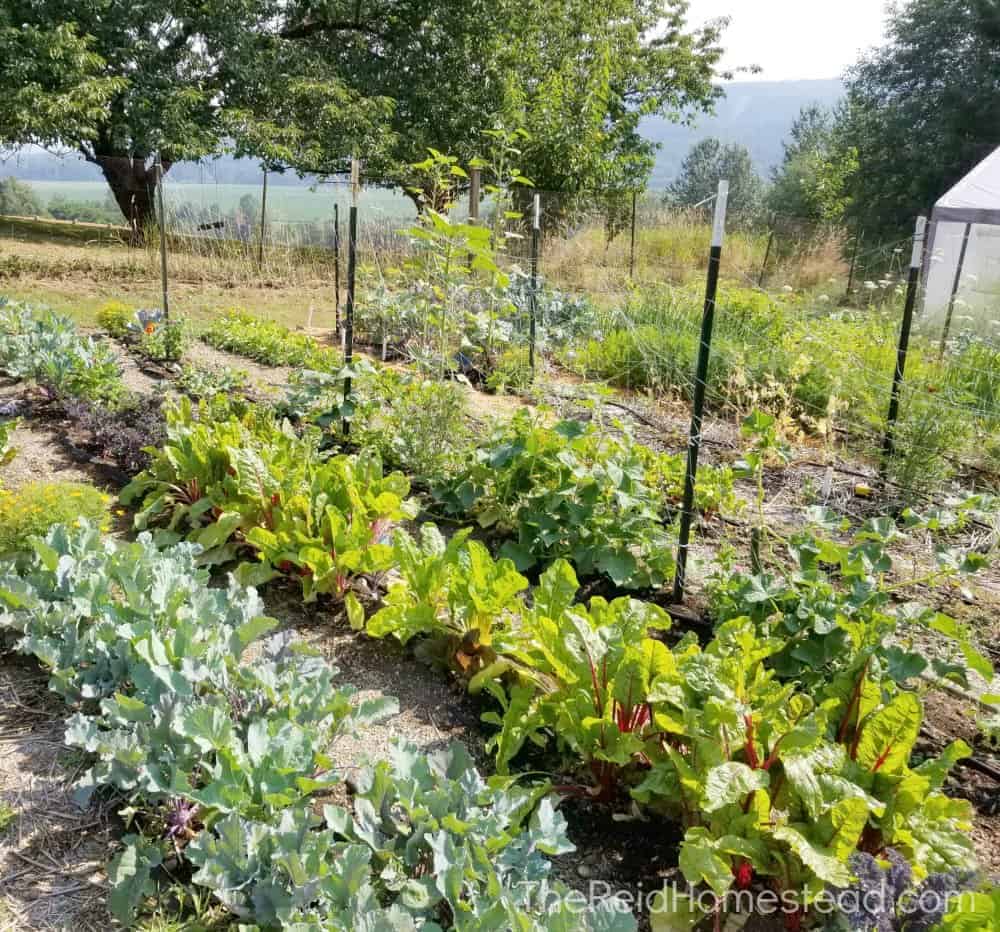Top Edible Plants for Homestead Gardening
Top Edible Plants for Homestead Gardening
Blog Article
Learn Just How to Grow a Flourishing Gardening Setting for All Ability Levels
Developing a prospering garden is a complex undertaking that can be welcomed by people at any type of skill degree. By analyzing vital components such as dirt health, appropriate plant choice, and seasonal treatment regimens, one can establish a sustainable horticulture practice that produces satisfying results. Comprehending how to evaluate and enhance your garden area lays the structure for success. The ins and outs of implementing these concepts often present obstacles that can deter even the most enthusiastic novice. What methods can be utilized to get over these obstacles and promote a genuinely thriving atmosphere?
Understanding Your Yard Area
In the world of horticulture, understanding your yard area is critical to cultivating a flourishing landscape (Homestead Gardening). The very first step in this venture entails evaluating the certain qualities of your story. Aspects such as dirt composition, sunlight exposure, and drain play vital functions in identifying the viability of your garden for various sorts of plants
Begin by carrying out a soil test to evaluate pH degrees and nutrition material, which will notify any type of required modifications. Furthermore, observe just how much sunshine your area gets throughout the day. Various plants have varying light requirements; some grow in complete sunlight, while others like partial or complete color.

Last but not least, assess the available area and strategy as necessary. This consists of taking into consideration plant elevations and spread out to make certain adequate area for growth without congestion. By getting an extensive understanding of your garden area, you set the foundation for an effective horticulture experience.
Selecting the Right Plant Kingdoms
Selecting the right plants for your yard requires cautious factor to consider of different factors, including environment, dirt conditions, and individual preferences. Start by examining your local climate, as specific plants flourish specifically temperature level arrays and weather condition patterns. As an example, exotic plants might not endure in colder areas, while hardy perennials can hold up against rough winter seasons.

Consider your personal choices, including aesthetic allure and maintenance degrees. Choose whether you favor vivid flowers, lush vegetation, or edible plants. In addition, consider the time and initiative you are eager to buy plant treatment, as some ranges require even more interest than others.
Finally, consider the garden's format and light direct exposure. Sunshine patterns throughout the day will certainly affect your choices-- some plants need full sunlight, while others grow in shade. By attentively analyzing these aspects, you can produce a unified and efficient garden customized to your atmosphere and tastes.
Crucial Gardening Devices
A well-equipped gardener can substantially improve their horticulture experience and end results. Vital horticulture tools are basic to growing an effective yard, no matter ability level. First, a sturdy spade is invaluable for excavating and turning soil, while a trowel permits specific planting and hair transplanting of smaller sized plants.
Pruning shears are important for keeping plant health and wellness by removing dead or disordered branches, advertising much better air flow and growth. In addition, a hand rake serves look these up for removing particles and aerating the soil, making certain ideal conditions for plant roots.
Gardening handwear covers shield hands from thorns, blisters, and chemicals, making them a necessary device. A watering can or tube with a flexible nozzle guarantees that plants obtain appropriate moisture without overwatering.
Last but not least, think about investing in a durable wheelbarrow for carrying soil, plants, and tools around the yard effectively. By constructing a high quality toolkit that includes these crucial products, gardeners can tackle numerous jobs with self-confidence and convenience, paving the way for a prospering horticulture setting. Bear in mind, the right tools not just improve performance however also enhance the general satisfaction of the horticulture process.
Dirt Prep Work and Maintenance
Quality soil is the structure of an effective yard, making proper prep work and upkeep crucial for healthy plant development. The first step in dirt prep work involves examining its pH and nutrient levels. This can be achieved with dirt testing packages offered at horticulture facilities or through expert solutions. Based on the test results, modifications can be made to maximize soil conditions for certain plant needs.
Integrating organic issue, such as compost or well-rotted manure, is vital for boosting soil structure and fertility. This not only improves nutrition availability however Read Full Article additionally promotes helpful microbial activity. In addition, proper drain is crucial; heavy clay dirts may need the addition of sand or perlite to boost oygenation.
Routine upkeep of dirt health includes mulching, which conserves wetness and subdues weeds. In addition, turning plants annually aids prevent nutrient exhaustion and lowers pest and condition dangers. It is additionally crucial to prevent over-tilling, which can interfere with soil structure and damage useful organisms.
Ultimately, a regular commitment to soil preparation and upkeep will certainly lead to a growing yard, ensuring that plants get the essential nutrients they need for durable development and performance.
Seasonal Care and Administration

In spring, focus on planting brand-new seeds and seedlings, while likewise performing soil tests to amend nutrient shortages. Regularly check for illness and insects, as these can proliferate with the warming climate. Summer demands consistent watering and mulching to retain wetness, along with pruning for much better air flow.
As fall strategies, it's time to prepare the garden for inactivity. This includes harvesting plants, cleaning up debris, and using a layer of mulch to secure plant origins from frost. Think about planting cover crops to enrich the soil throughout the winter season.
Check frameworks like greenhouses for damage and make certain correct insulation for delicate plants. By adjusting your horticulture practices to the seasonal cycles, you can promote a flourishing environment that sustains plant wellness year-round.
Conclusion
Finally, cultivating an effective garden calls for a thorough understanding of crucial principles such as dirt structure, sunlight direct exposure, and proper plant option. Executing efficient soil preparation and upkeep strategies, along with using the right tools, promotes an ideal growing atmosphere. Regular seasonal care and management techniques even more improve plant health and efficiency. By adhering to these foundational guidelines, people description in all skill degrees can achieve a growing yard that contributes to both visual enjoyment and environmental sustainability.
Selecting the right plants for your garden calls for careful factor to consider of numerous variables, including environment, dirt problems, and individual choices. Conduct a dirt test to identify pH degrees and nutrient web content, which will guide you in picking plants that will grow in your garden.Finally, think about spending in a sturdy wheelbarrow for carrying soil, plants, and devices around the garden effectively.Quality soil is the structure of an effective garden, making proper prep work and maintenance critical for healthy and balanced plant growth. Homestead Gardening.In conclusion, cultivating a successful garden requires a comprehensive understanding of important principles such as soil make-up, sunlight exposure, and ideal plant option
Report this page